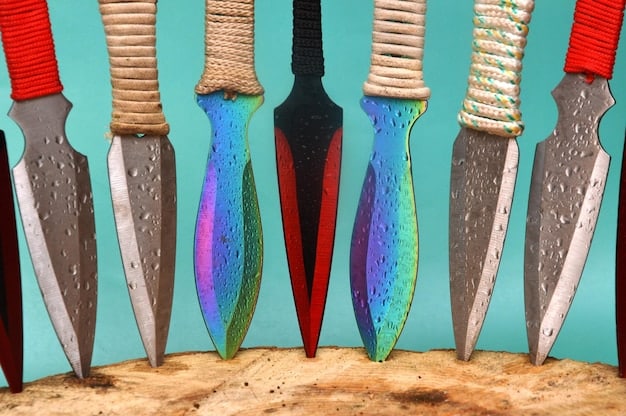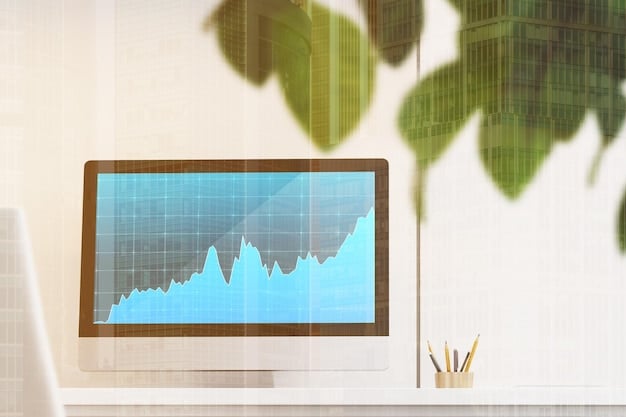Master The Art of Skin Trading: Get Rare & Legacy Skins

The art of skin trading involves understanding market values, using trading platforms wisely, and spotting rare and legacy skins. This approach maximizes your chances of acquiring sought-after cosmetic items in video games at the best possible deals.
Are you fascinated by the world of in-game cosmetics and eager to expand your collection with rare finds? Mastering the art of skin trading can transform your virtual wardrobe, offering opportunities to acquire coveted legacy skins and exclusive items. But where do you start, and how do you ensure you’re getting the best deals?
This comprehensive guide takes you through all the essential aspects of skin trading, from understanding market trends and values to effectively using trading platforms. Whether you’re a seasoned player or new to the scene, you’ll learn strategies to elevate your trading game and secure the skins you’ve always desired.
Understanding the Basics of Skin Trading
Skin trading involves exchanging digital cosmetic items, or skins, within a game or across different games. Before diving in, it’s crucial to understand the fundamental aspects of how these trades work and what affects the value of a skin. Knowing these basics sets the foundation for making smarter trading decisions and increasing your chances of success in the art of skin trading.
What Are Skins and Why Are They Valuable?
Skins are visual assets used in video games to change the appearance of characters, weapons, or items. Their value is derived from:
- Rarity: Skins that are harder to obtain tend to be more valuable.
- Aesthetics: Visually appealing skins are often highly sought after.
- Sentiment: Some skins gain value due to player nostalgia or association with significant game events.
- Utility: Skins that provide in-game advantages, even purely cosmetic ones, can also have increased value.
Key Terms and Concepts in Skin Trading
Familiarize yourself with these terms to navigate the trading landscape efficiently:
- Market Price: The current average price at which a skin is being bought and sold.
- Float Value: A numerical value indicating the wear condition of a skin. Lower float values generally mean better condition and higher value.
- Pattern Index: A specific identifier for skins with randomized patterns, influencing aesthetic appeal and value.
- Hype: Measures the real-time community discussions and sentiments tied to specific skins.
Understanding these aspects enables you to make informed decisions, whether you’re looking to invest, collect, or simply alter your in-game look.

Evaluating Skin Values and Market Trends
Assessing the true value of skins is critical in the art of skin trading. A thorough evaluation prevents overpaying and allows you to identify potentially undervalued items. Market trends can shift rapidly, so staying informed is crucial for making profitable trades.
Factors Influencing Skin Prices
Several factors can affect skin prices:
- Game Popularity: Skins from popular games tend to hold higher values due to larger player demand.
- Update Cycles: New content releases and game updates can dramatically influence the desirability of existing skins.
- Esports: Skins used or endorsed by professional players or teams frequently see a spike in value.
Tools and Resources for Price Checking
Leverage these resources to stay on top of market prices:
- Steam Community Market: A direct platform for buying and selling skins, with real-time pricing data.
- Third-Party Marketplaces: Sites like SkinBaron or DMarket offer additional market insights and pricing trends.
- Community Forums: Engage with fellow traders on platforms like Reddit or specialized trading forums to gather insights.
By combining direct market analysis with community knowledge, you can develop a comprehensive understanding of skin values and trends.
Strategies for Successful Skin Trading
The art of skin trading extends beyond just knowing values. Tactical approaches can significantly enhance your ability to acquire desirable skins.
Negotiation Techniques
To effectively negotiate skin trades:
Understand Your Objectives: Clearly define what you hope to achieve with each trade.
Be Respectful and Patient: A friendly and patient approach often yields better results.
Use Market Knowledge: Arm yourself with pricing and trend data to justify your offers.
Utilizing Trading Bots and Automated Systems
Trading bots can assist by:
Monitoring the Market: Automatically track price changes and available trades.
Executing Trades: Instantly buy or sell skins based on preset conditions.
Managing Inventory: Organizing and tracking your skin collection.
Building Relationships with Other Traders
Networking can provide you with:
Access to Exclusive Deals: Gain access to skins not publicly available.
Insider Information: Learn about upcoming market trends before they become mainstream.
Long-Term Opportunities: Create ongoing collaborations for future trades.
With the right mix of negotiation skills, technological aids, and personal connections, you can significantly enhance your trading efficiency and success.

Avoiding Scams and Ensuring Safe Trades
Staying cautious and informed is crucial to protect yourself while engaging in the art of skin trading. Cyber threats are common, and knowing how to spot and avoid scams can save you considerable time and money.
Identifying Common Scams
Be wary of these tactics:
- Phishing Links: Always verify URLs before entering login credentials.
- Impersonation: Confirm the identity of traders claiming to be known figures.
- Middleman Scams: Avoid traders who insist on using unverified third parties.
Secure Trading Practices
Implement these safeguards:
- Two-Factor Authentication: Enable 2FA on all accounts linked to trading.
- Escrow Services: Use trusted escrow services for high-value trades.
- Transaction Reviews: Thoroughly review offers and profiles before confirming any trade.
By remaining vigilant and adopting secure practices, you can significantly reduce your risk and secure your skin trading activities.
Advanced Techniques in Skin Trading
Once you’ve mastered the basics, exploring advanced techniques can offer a competitive edge in the art of skin trading. These strategies include detailed market forecasting, understanding niche skin segments, and managing your assets to maximize returns.
Market Forecasting and Investing Strategies
To effectively predict future market movements:
- Analyze Historical Data: Look at past price trends to predict potential future behaviors.
- Monitor Game Updates: Understand how new content or patches might affect skin values.
- Track Esports Events: Skins associated with winning teams or popular players often see value spikes.
By combining these methods, you can make educated predictions about which skins are likely to increase in value.
Diversifying Your Skin Portfolio
Key strategies include:
- Balancing Risk: Mix high-value, high-risk skins with more stable, lower-value options.
- Exploring Niche Markets: Focus on specific skin sets or types that might be undervalued.
- Reinvesting Profits: Using earnings to expand your holdings and capitalize on new opportunities.
By diversifying, you reduce the risk of significant losses and position yourself to benefit from a wide range of market conditions.
| Key Point | Brief Description |
|---|---|
| 💰 Skin Value | Understand the market price, float value, and pattern index of skins. |
| 📈 Market Trends | Keep an eye on game updates, esports, and community sentiment. |
| 🔒 Safe Trading | Use two-factor authentication and trusted escrow services to avoid fraud. |
| 🤝 Negotiation | Be clear about your trading goals, patient, and respectful. |
Frequently Asked Questions About Skin Trading
Legacy skins are often those that are no longer available through normal in-game channels, making them rare and highly sought after. They may have been part of limited-time events or promotions.
You can typically find the float value listed on the skin’s marketplace page or through third-party tools and websites that specialize in skin analysis. Lower float values indicate better condition.
Yes, trading during or just after major game updates or esports events can sometimes yield better deals. These periods often see increased market activity and price fluctuations. Mastering the art of skin trading requires knowing when to strike.
Immediately report the incident to the trading platform or game developer. Also, change your passwords, review your account security settings, and report the scammer to prevent others from falling victim.
Trading bots can automate the process and potentially help you react faster to market changes, but they don’t guarantee better deals. Success depends on the bot’s programming and your trading strategy, which are essential in the art of skin trading.
Conclusion
Mastering the intricacies of skin trading and acquiring rare and legacy skins can significantly enhance your gaming experience. By delving deep into market trends, adopting advanced trading techniques, and exercising vigilance against scams, you can maximize your potential for successful and profitable trades. The art of the skin trading is complex, but with the right approach, valuable additions to your collection are attainable.





